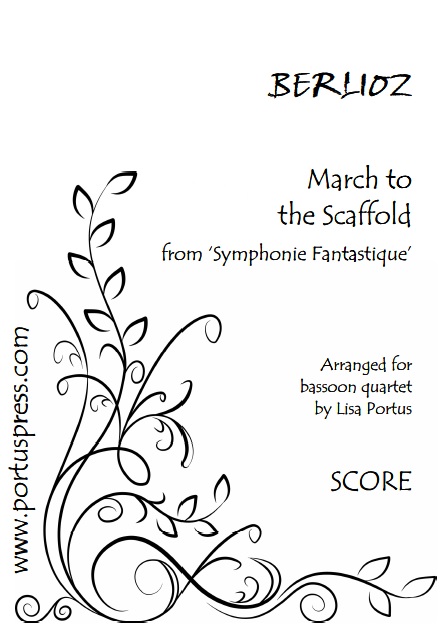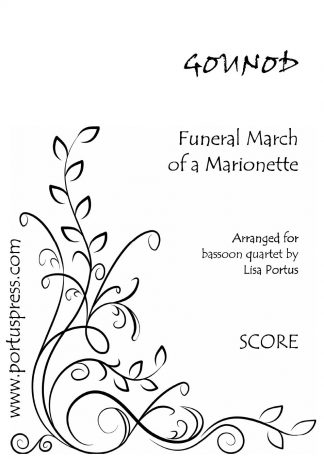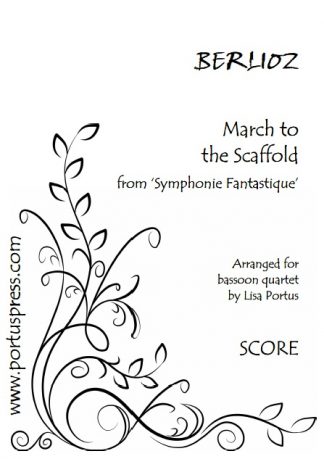Description
The French composer, Hector Berlioz (1803-1869) was just 26 when he wrote his most popular piece – the Symphonie Fantastique. Subtitled An Episode in the Life of an Artist, in Five Parts it is a musical depiction of his own struggles with the torment of unrequited love. He had become besotted with the popular Shakespearian actress Harriett Smithson, although they’d never met. Harriett is represented musically in each movement of the symphony by a melody known as an ideé fixe.
In the fourth movement, entitled March to the Scaffold, certain that his love is spurned, the artist poisons himself with opium in a desperate attempt to kill himself. He doesn’t quite succeed but instead plunges into a deep, nightmarish sleep accompanied by terrible visions. He dreams that he has killed his beloved and is condemned to witness his own execution for the crime. The artist is marched to the place of execution escorted by a military band, cheered on by onlookers. In the very last moments of his life the ideé fixe fleetingly reappears as he thinks of his beloved. His reminiscence is cut brutally short when the guillotine falls and the artist’s head bounces down the steps. The movement’s perversely joyous conclusion perhaps depicts the crowds cheering as they are shown, as was customary, the dead man’s severed head.
Berlioz and Harriett did eventually meet – and marry – but they separated after several years of unhappiness.
See also an alternative version of this piece for bassoon choir






